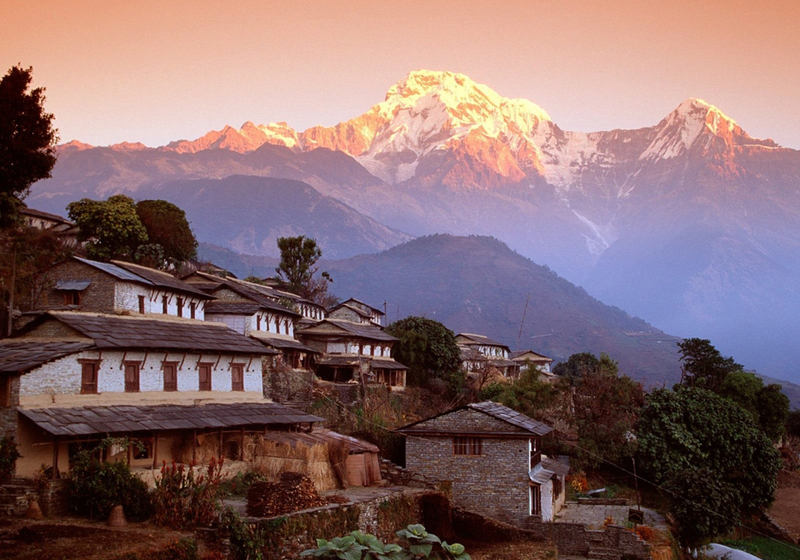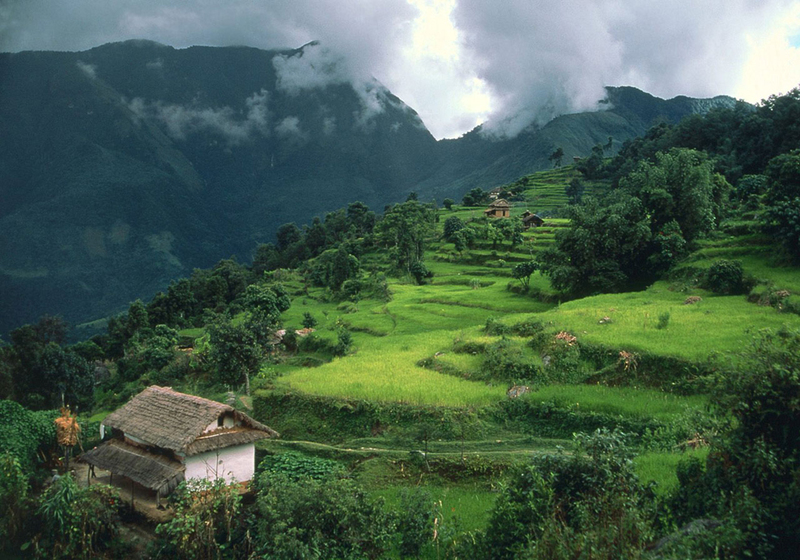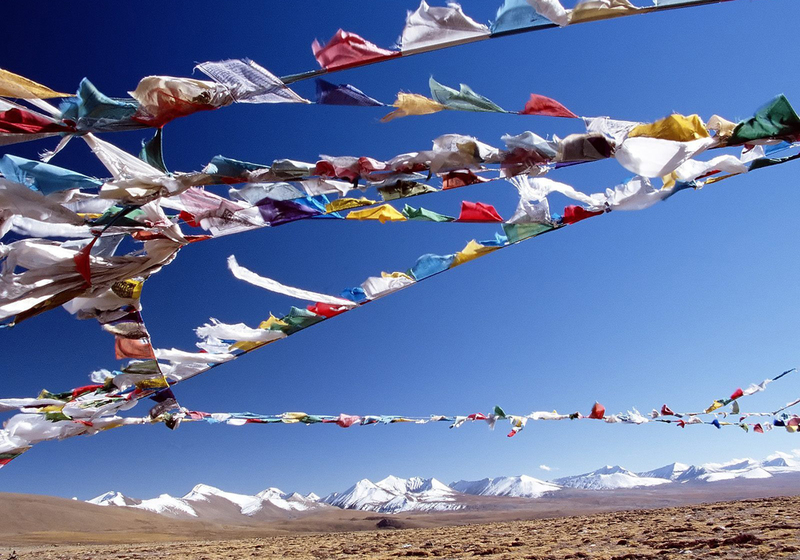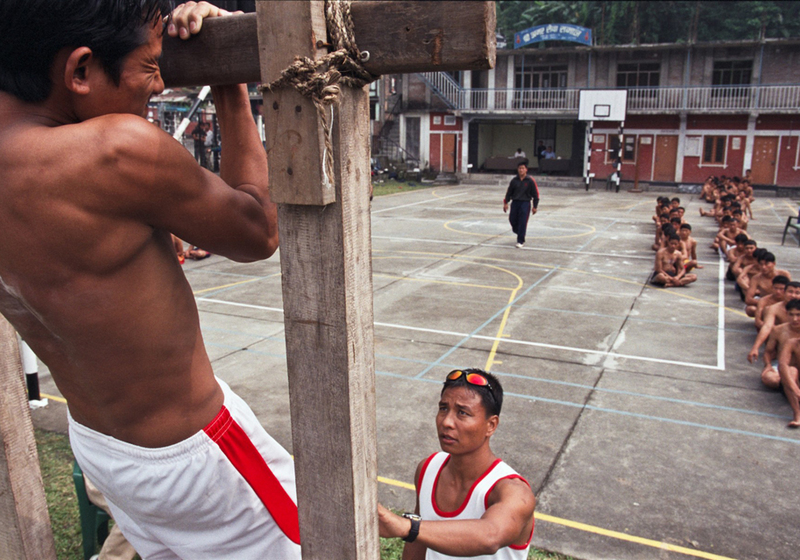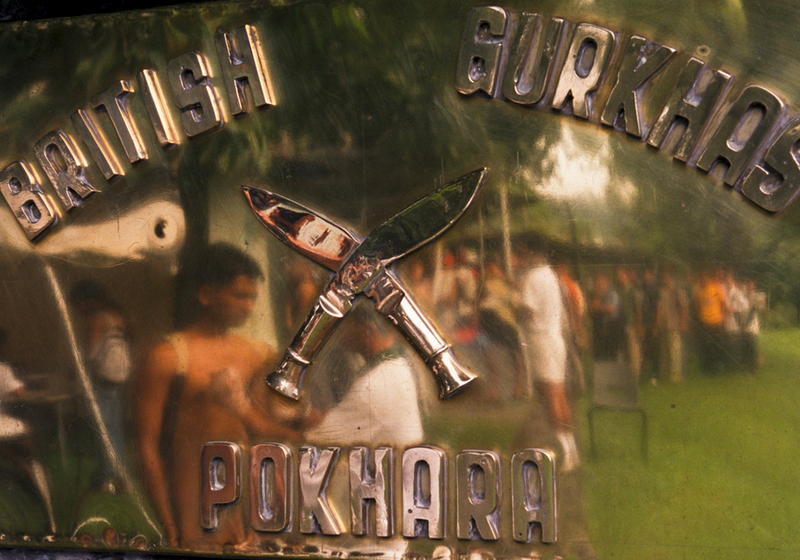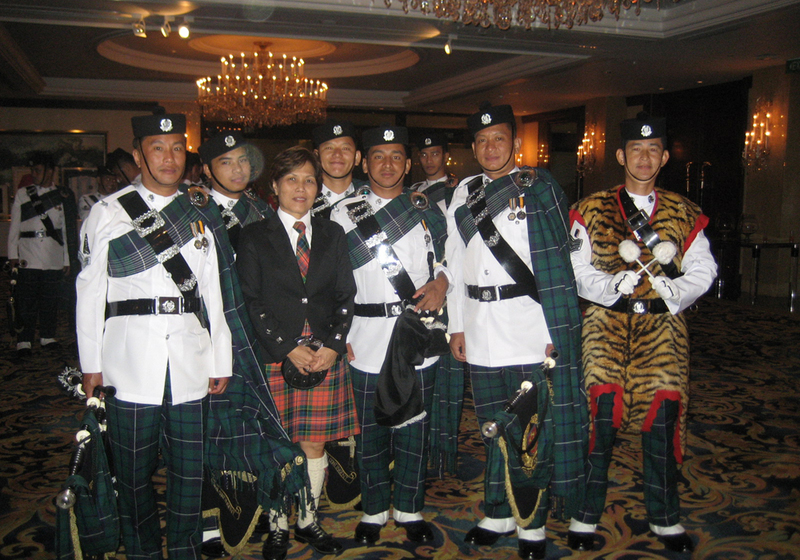Strictest discipline, courage and the oath of loyalty distinguish Gurkhas or Gorkhas from every other soldier.
Historically, the terms "Gurkha" and "Gorkhali" were synonymous with "Nepali," and derived from the hill town and district of Gorkha from which the Kingdom of Nepal expanded. Legend has it that the name may be traced to the medieval Hindu warrior-saint Guru Gorakhnath who has a historic shrine in Gorkha. Gurkhas are traditionally recruited from various Nepali hill ethnicities, but do not come from a single group or region in the multi-ethnic country.
Gurkhas were thought to be a martial race because they were considered to be naturally warlike and aggressive in battle; to possess qualities of courage, loyalty, self-sufficiency, physical strength, resilience, orderliness; to be able to work hard for long periods of time and; to fight with tenacity and military strength.
During the Gurkha War (1814–1816) between the Gorkha Kingdom in Nepal and the East India Company the British were impressed by the Gorkhali soldiers, which they called Gurkhas, and were not able to turn this country into their protectorate.
The United States Navy employs Gurkha guards as sentries at its base in Naval Support Activity Bahrain and on the US Navy side of the pier at Mina Salaman. The Gurkhas work alongside army, air force and navy members in day-to-day operations. They also work as security forces at the US embassy in Kabul, Afghanistan.
Their famous signature weapon is a combat knife “Khukuri”, which is known worldwide for its unusual curved shape.
